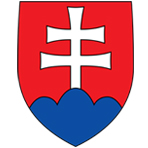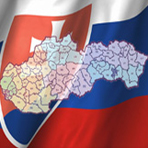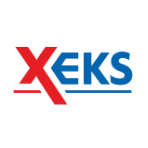Schengen Borders and Travelling
The European Union (hereinafter referred to as the EU) represents an area of freedom, safety and justice for its member states. One of the basic principles of its common policy in the area of asylums, immigration and external borders control is solidarity and justice not only towards the nationals of the third countries but also towards the persons with no nationality, as laid down in the Article 67 of the Treaty on the Functioning of the EU.
The EU has created a common policy also in the area of border checks which is laid down in the Article 77 of the Treaty on the Functioning of the EU. Its main objective is to introduce common measures related to ensuring the abolishment of any checks of persons crossing internal borders, regardless of their nationality, providing checks of persons crossing external borders and efficient monitoring of external borders, as well as to gradual implementation of the integrated external border management system.
On 21st December 2007 the Slovak-Ukrainian state border became an external land border of the Schengen Area. On this day the borders between the Slovak Republic and Poland, the Czech Republic, Austria and Hungary became internal land borders of the EU.
International airports (aerodromes of M.R. Štefánika Bratislava, Poprad-Tatry and Košice) became external air borders of the EU on 30 March 2008.
Rules for crossing the external borders and entry conditions to the territory of the Slovak Republic as an EU member state fully applying the Schengen acquis are stipulated in the Regulation (EC) No 562/2006 of the European Parliament and of the Council of 15 March 2006 establishing a Community Code on the rules governing the movement of persons across borders (Schengen Borders Code). The Schengen Borders Code came into force on 13th October 2006.











